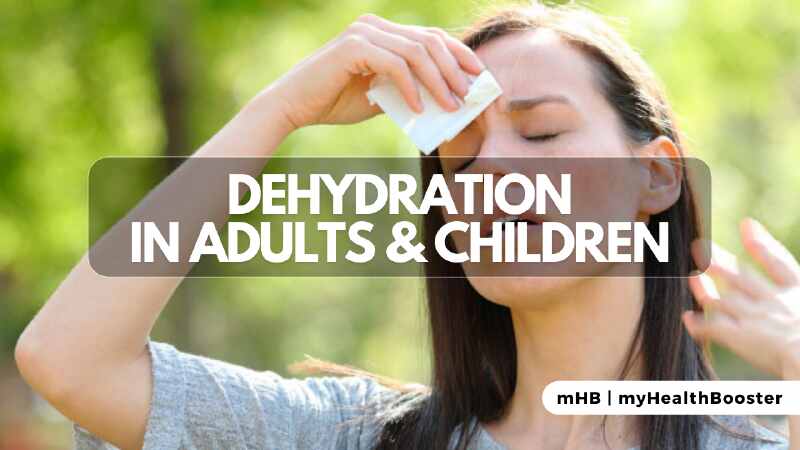Proper hydration is fundamental to overall health, affecting both adults and children. This article explores dehydration, its causes, symptoms, complications, and preventive measures to maintain optimal fluid balance
What is Dehydration?
The human body, comprising up to 75% water, requires adequate hydration for optimal functionality. Dehydration occurs when the loss of water exceeds the intake. Its symptoms vary from mild to severe, with early signs including thirst, reduced urine output, and darkening of urine. Vulnerability to dehydration is heightened in the young and elderly.
Factors Contributing to Severe Dehydration in Children
Children are more susceptible to severe dehydration due to factors such as a higher body surface area to ratio than adults, challenges in communication, increased susceptibility to shock and organ failure, and the occurrence of vomiting and diarrhea, leading to substantial fluid loss. The body’s intricate mechanisms, including the thirst response and hormones like anti-diuretic hormone (ADH), regulate fluid balance.
Normal Fluid Requirements by Weight
The daily fluid intake depends on body weight. Below is an approximation in imperial units:
| Body Weight | Daily Fluid Requirements (approximate) |
|---|---|
| 10 pounds | 15 ounces |
| 20 pounds | 30 ounces |
| … | … |
| 200 pounds | 70 ounces |
These values provide a baseline, and additional fluid may be necessary to compensate for factors like exercise, fever, vomiting, diarrhea, or increased urine production.
Causes of Dehydration
Dehydration can result from various factors, including diarrhea, vomiting, excessive sweating, fever, diabetes, burns, inability to drink fluids, and certain medications like diuretics. Identifying the underlying cause is crucial for effective treatment.
Signs and Symptoms
Initial responses to dehydration include increased thirst and decreased urine output, leading to concentrated, yellowish urine. As dehydration progresses, additional symptoms may emerge, such as dry mouth, decreased tears, muscle cramps, nausea, and lightheadedness.
Dehydration in Children
Children, particularly infants, are at risk of dehydration-related illnesses due to factors like underdeveloped temperature regulation and sweat mechanisms. Early recognition is vital. Symptoms in children include fussiness, fatigue, dry mucous membranes, increased heart and breathing rates, decreased urine output, and increased thirst.
Diagnosis and Monitoring
Healthcare professionals assess dehydration through clinical examination, mental status tests, vital signs, temperature measurements, and skin and mouth checks. Laboratory tests may be conducted to evaluate electrolyte levels, kidney function, and acid-base balance.
Treatment
Prevention is key, emphasizing fluid replacement through oral rehydration therapy (ORT) or intravenous fluids in severe cases. Medications may address underlying causes, control fever, vomiting, or diarrhea.
Home Treatment and Prevention
Addressing dehydration at home involves adjusting diets, using medications cautiously, and replacing fluids with clear options like water, broths, popsicles, or electrolyte solutions. Recognition of worsening symptoms warrants prompt medical attention.
Complications of Dehydration
Complications may include kidney failure, coma, shock, heat-related illnesses, and electrolyte abnormalities. Prompt treatment and monitoring are crucial to prevent severe consequences.
Preventing Dehydration
Preventing dehydration involves staying hydrated with sufficient fluid intake, monitoring environmental conditions, recognizing heat-related conditions, consuming water-rich foods, observing urine color, and considering the impact of medications on fluid balance.
In brief, maintaining proper hydration is essential for overall health. Recognizing the signs of dehydration, understanding its causes, and adopting preventive measures contribute to optimal well-being in both adults and children.
